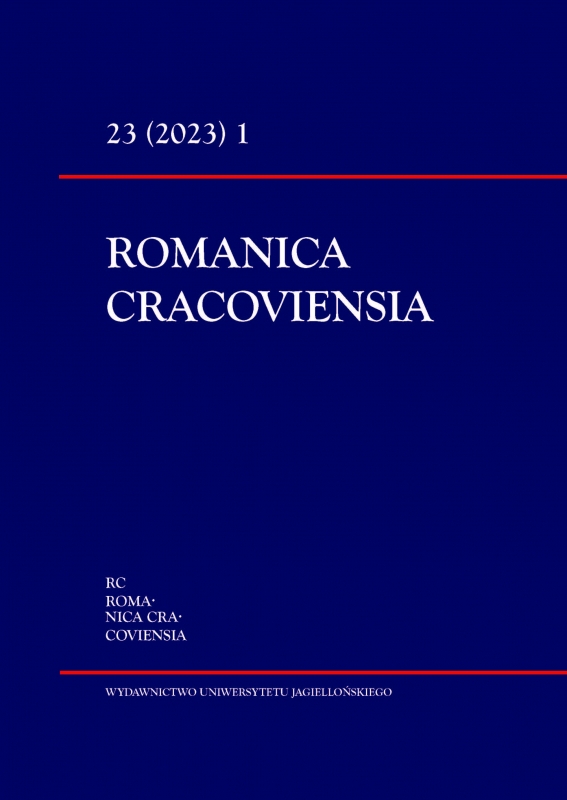La seconda coniugazione del passato remoto (-ei/-etti): preferenze dei parlanti italiani nella scelta delle forme flesse alternative
The second inflexional Paradigm of the passato remoto (-ei/-etti): The current preferences of Italian speakers regarding the choice of alternative inflected forms
Author(s): Daniel SłapekSubject(s): Language studies, Language and Literature Studies, Applied Linguistics, Language acquisition
Published by: Wydawnictwo Uniwersytetu Jagiellońskiego
Keywords: passato remoto; preterite; conjugation; verb inflexion; Italian grammar; contemporary Italian
Summary/Abstract: The Italian preterite (passato remoto, PR) is characterized by a complex inflexional morphology, both from the diachronic and the synchronic point of view. It is also the only verb tense that, according to the grammars, has two series of interchangeable endings ‒ for regular verbs ending in -ere: -ei, -é, -erono versus -etti, -ette, -ettero. This article is part of a wider research on the effective use of PR in contemporary Italian and shows what the current preferences are in the selection of this two series of endings amongst native Italian speakers. I will discuss the results of a questionnaire in which 3675 informants participated, and in particular: a) criteria used for the choice of the analyzed verbs, b) construction of the questionnaire, c) data processing. The data will show that: 1) there are a very small number of verbs that prefer the endings -ei, 2) all verbs ending in -stere require the endings -etti, and 3) there is a clear correspondence between the responses given to the questionnaire and the occurrences of the PR forms in the corpora.
Journal: Romanica Cracoviensia
- Issue Year: 23/2023
- Issue No: 1
- Page Range: 59-70
- Page Count: 12
- Language: Italian

